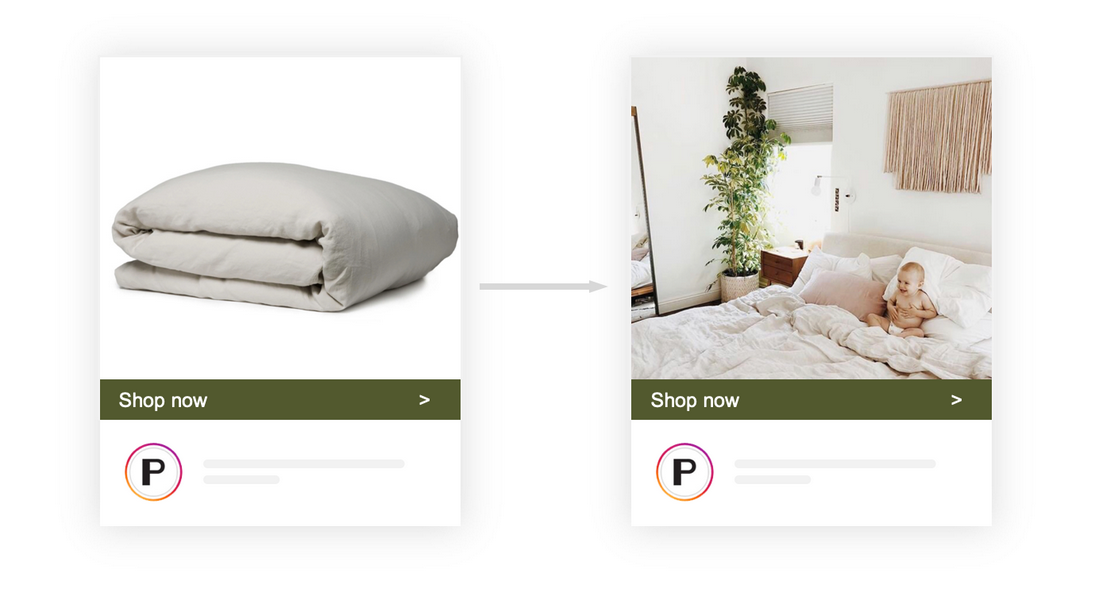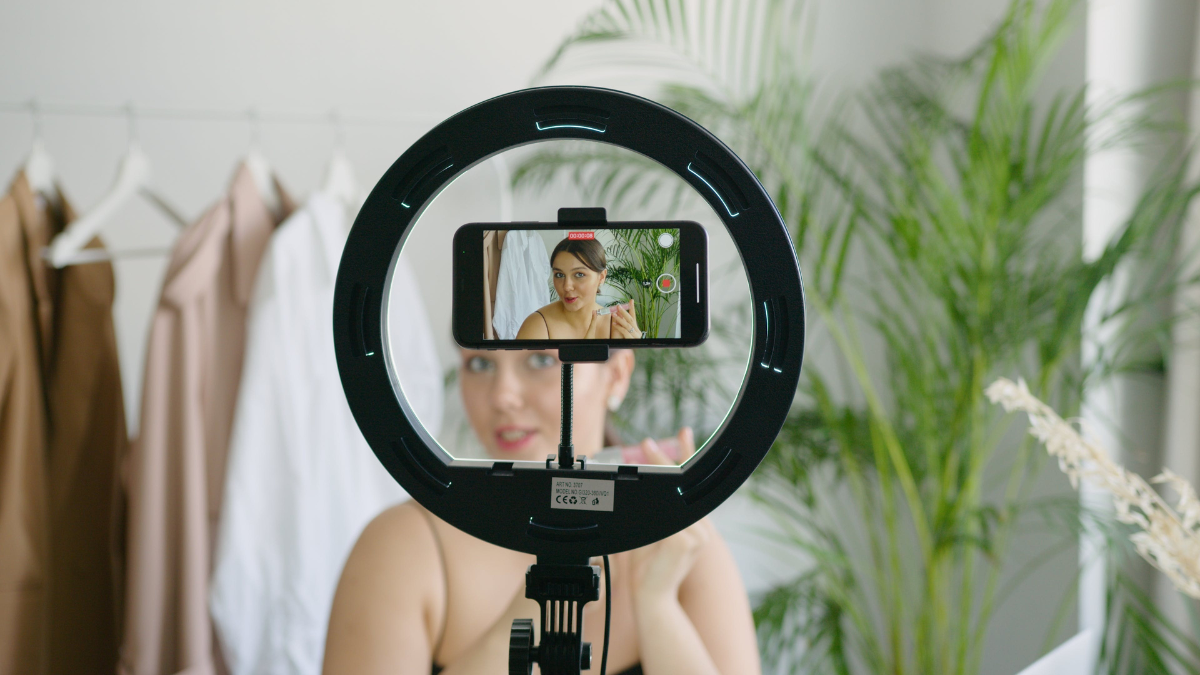According to data from user-generated content (UGC) company, Bazaarvoice, 84% of consumers are more likely to trust a marketing campaign if it features UGC, 40% of global shoppers agree that UGC influences their purchasing decisions, and 60% of consumers believe UGC is the most authentic marketing content.
User-generated content is created by real people for a brand, and includes written ratings and reviews, photos, videos, and even audio.

MediaCat Magazine recently spoke to Ed Hill, Senior Vice President EMEA at Bazaarvoice, about how brands can make the most out of UGC.
With 84% of consumers more likely to trust a brand’s marketing campaign if it features UGC, how can brands best utilise this?
That statistic isn’t surprising when you consider the value consumers get from hearing about the experience other shoppers have had with a brand and its products. That’s because user-generated content such as ratings and reviews, photos, and videos offer direct access to the minds of customers, and it’s this authenticity that’s more effective at selling products in today’s commerce landscape.
As a first step, brands need to stay on top of the content their followers and customers are tagging them in on social media and take advantage of the multitude of user-generated content that’s being created by their customers and leverage it to curate their own content. You can even ask customers for photos and videos of themselves using your products in fun, creative ways and incorporate that content into your email, social media and other campaigns. Not only does this produce engaging campaigns that will help you authentically connect with shoppers, but you’ll also strengthen your relationship with your brand advocates.

What are some reasons as to why brands don’t want to use UGC? Are there any barriers to entry?
Most brands understand the positive impact UGC can have; however, today’s consumers expect consistency from brands. Regardless of the channel they use (website, in-store, email or social media), they expect consistent content and experiences across every interaction. But consistently collecting, curating, and creating high performing, authentic content across all channels is no easy feat. Especially if you’re dealing with internal organisational silos and competing KPIs.
What’s more, UGC provides a treasure trove of insights that, when used effectively, can tell you how consumers feel about your different products, which products are performing best, and which need improvement. But you might need to break down some silos and put the right processes in place to maximise the ROI from your UGC, and for the company as a whole to act on this analysis in real-time.
UGC has worked its way to prominence in sales and marketing workflows. How can it be introduced in other business functions?
Siloed teams often make for disjointed strategies, and a key element of a brand’s social commerce success is how synergistic their e-commerce and social media teams are internally. While these teams usually sit at opposite ends of the sales funnel, the buyer journey no longer follows a linear path. Shoppers can complete any portion of the journey directly on social media, resulting in the collapse of the traditional buying funnel. To account for these changes in consumer behaviour, your social and e-commerce teams must adapt. Rather than working in silos, your teams must come together cross-functionally to support this new buying behaviour. Adding user-generated content to your marketing strategy is an easy decision when you consider the value it delivers, and UGC can become the conduit to ensuring a coordinated and effective marketing strategy.

Can you share an example of UGC used well? Is there a particular industry that benefits the most from UGC?
We’re seeing everyone weighing purchases more carefully, regardless of industry. Recent research revealed that 77% of shoppers are reducing spending on non-essential items due to the economy. But as the current economy takes its toll, we’ve seen more brands and retailers creatively take advantage of social commerce to strengthen customer loyalty and draw in new shoppers.
For example, travel accessory giant Samsonite felt it was time to explore UGC to drive product discovery with content that inspires their shoppers. To do this, the brand leveraged Bazaarvoice Galleries to share inspirational customer content from its social and marketing pages across different distribution channels. As a result, Samsonite’s customers spent 5x more time on its pages, and the brand saw a 245% lift in conversion rate quarter-over-quarter. Confirming that shoppers find UGC more interesting than branded content.
What are brands missing out on by not using UGC?
It’s well-established that brands can no longer rely on traditional marketing to tell customers what they need. Our same research found that brands and retailers themselves agree that UGC, such as reviews (91%) and customer Q&As (82%), directly impact shoppers’ purchasing decisions more than traditional brand messages. Yet we see brands continue to miss the mark by spending their content creation budgets on branded-created content, with 75% of brands and retailers spending over 60% of their budget on this. So, marketers need to ensure their budgets are being adjusted accordingly to align with changing consumer priorities and ensure they remain competitive and resilient in today’s marketplace.
Featured image: Anna Nekrashevich / Pexels


























